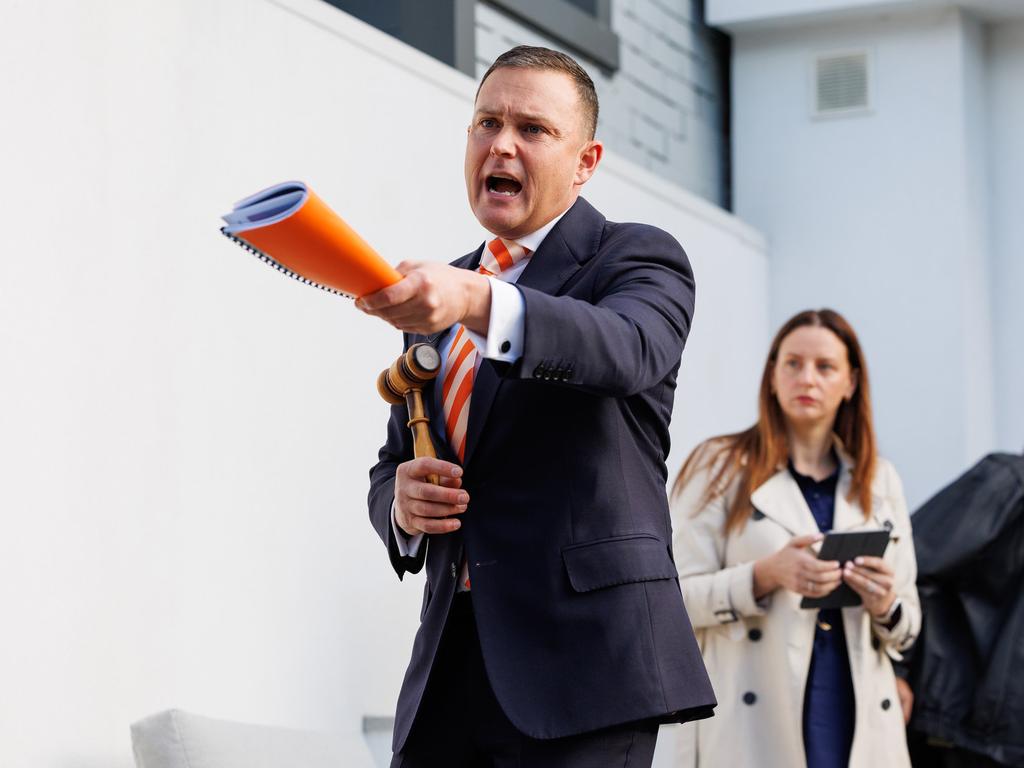Millennial nightmare comes true as they’re set to live in apartments forever
Millennials were hoping that one day they’d be able to have one thing – now that is being ripped away from them.

ANALYSIS
The Bank of Mum and Dad is one way first-time homebuyers are getting on the ladder but now parents and relatives are going one step further.
As the cold realities of Australia’s property market become increasingly clear, it’s no longer just first home buyers looking for help. According to figures from research firm Digital Finance Analytics, up-traders, aka people who already own a home but want something larger are increasingly turning to family for help to achieve that next step on the property ladder.
In the March quarter of this year, over 28,800 up-traders had help from parents and other family to afford their next home. During this period this represented roughly 1 in 6 of all up-traders (16.1 per cent).
To what degree this is potentially understating the impact due to survey respondents being untruthful due to feelings of embarrassment over still requiring parental help at that stage of life, is unclear.
This raises an uncomfortable question for Australian society: Could the Australians who bought apartments as a stepping stone to house ownership end up stuck in apartments if they don’t have help from family?
In other parts of the world, such as the UK, this has already become a significant factor in the mobility of households.
A look into the future in the UK?
Relatives were expected to support 318,400 British property purchases during 2023, according to data from the Legal & General Group. This included 47 per cent of all property purchases made by buyers under the age of 55, and not just first-time buyers.
Legal & General’s report also made an important distinction, which part of a buyers circle of support the assistance to buy was coming from. 58.6 per cent were expected to receive financial help from parents, with 12.5 per cent from grandparents and 28.9 per cent from other family and friends.

The average level of assistance toward buying a home was £25,600 (around $49,000 Australian dollars) or 8.8 per cent of the purchase price of the median UK house.
When asked if they would have been able to purchase a home without assistance, more than one in five first home buyers stated they would have had to delay their purchase by more than five years and one in 10 said they would not have been able to buy a home at all.
Why are people seeking help now?
While it’s rather self evident that not having enough resources is the most obvious factor driving people to seek out support from family to buy their next home, it’s worth exploring how we arrived at the current set of circumstances.
Prospective first home buyers are told to purchase an apartment or unit in order to get their foot on the property ladder, in order to stop paying rent and start building equity. But it’s here that this strategy runs into a rather significant problem.
Since March 2018, apartment prices have risen by $78,530 (10.3 per cent) in Sydney and $53,500 in Melbourne (6.6 per cent). Meanwhile, housing prices have risen by $533,500 in Sydney (60.6 per cent) and $211,700 in Melbourne (29.3 per cent).
With unit price growth lagging house price growth significantly, the gap between the cost of a unit and the cost of a house has expanded enormously. In March 2018, the price gap between a house and a unit was $119,900 in Sydney and $148,100 in Melbourne. As of the latest figures from CoreLogic which cover up to the end of March, the gap is $574,900 in Sydney and $322,140 in Melbourne.
A different beast
While units and houses are often seen as interchangeable elements of the property market, the years since the pandemic began have shown that they are very different and have experienced vastly divergent outcomes.
According to figures from CoreLogic, since the pandemic arrived in March 2020, the premium a freestanding house commands over a unit at a capital city level has risen from 16.7 per cent to 45.2 per cent.
At the same time, rapidly rising strata costs have seen household budgets negatively impacted as a sizeable proportion of apartment owners plan to trade up to a free standing house in the long run. According to survey figures prepared for Westpac, 84 per cent of Australians want to live in some form of house.
As housing prices continue to rise well in excess of household incomes at a national level, whether or not Australians will be able to live in the way they would prefer to is an important question for our society.
While the Rolling Stones were very much correct when they sung “You can’t always get what you want”, for a majority who tried sometimes in decades passed, they found they got the house they needed.
Whether that will be true going into the future for a majority of prospective up traders who don’t have family and friends bringing some extra financial firepower to the party is another question entirely.






